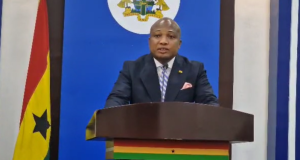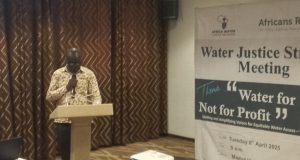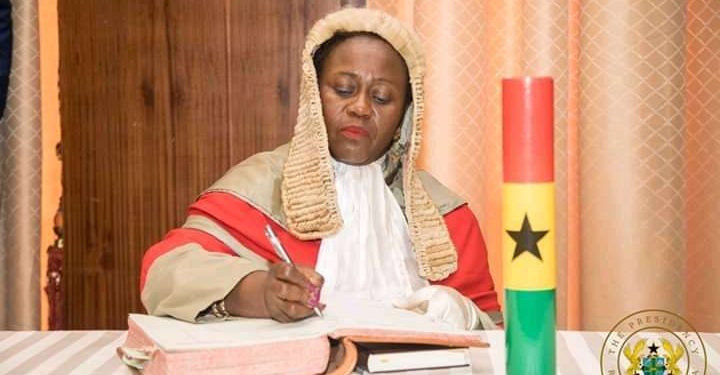The Anti Human Trafficking Unit of the Ghana Police Service (AHTU) rescued 339 victims of child trafficking in 2017. Out of the number, 310 were for labour trafficking while 29 were to be trafficked for sexual exploitation.
Superintendent Mike Baah, Head of AHTU, in a presentation at this year’s media launch of the World Day against Child Labour on the theme: “Resist Child Labour! Improve the Safety and Health of Young Workers towards Achieving SDG Goal 8” said out of the 339 victims, 190 were children (188 for labour and two for sex).
According to him 35 cases were prosecuted with four convictions.
Superintendent Baah said if Ghana does not intensify its effort against trafficking and child labour, “we stand a chance of losing greatly as a country without a future.”
He, therefore, urged all stakeholders to collaborate with one another, “since no single institution can combat the menace of child labour in Ghana alone.”
Mr Bright Wireko-Brobbey, Deputy Minister of Employment and Labour Relations, in a speech read on his behalf said in order to reach the SDG Targets such as target 8.8 on safe and secure working environment for all workers by 2030 and target 8.7 on ending all forms of child labour by 2025; requires that public authorities, employers, workers and their organisations and other key stakeholders, especially the media collaborate in creating a culture of provision that focuses on the safety and health of these young workers.
Child labour is a serious international issue attracting the attention of international and national governments including the United Nations, employers and workers organisations, civil society organisations and local communities and other relevant development partners.
Across the world, about 218 million children between five and 17 years are in employment. Among them, 152 million are victims of child labour; almost half of them, 73 million, work in hazardous child labour.
In absolute terms, almost half of child labour (72.1) is to be found in Africa.
The recent Ghana Labour Force Standards Survey (GLSS 6) released in August, 2014 showed that 21.8 per cent, representing 1.9 million children aged between five to 17 years out of over 8 million were engaged in child labour.
These children work in dangerous and hazardous working environments with little or no protection exposing them to injuries, toxic substances and all forms of physical, psychological and emotional abuse.
A key platform for global advocacy against child labour is the marking of the World Day Against Child Labour.
The International Labour Organisation (ILO) launched the first World Day Against Child Labour in 2002 as a way to highlight the plight of those children
In Ghana, one out of every five children was directly affected and more than one in ten, representing, 14.2 per cent were engaged in worst forms, particularly hazardous work.
Apart from the greater Accra and Central Regions, each region has more than 20% of children as victims. The menace is endemic in many local communities especially in deprived areas where opportunities are dwindling.
Aside that, the campaign will also ensure that children have access to quality education and attend school at least until they completed compulsory education and reached the minimum legal age for work.
By: Latifa Carlos
 Public Agenda NewsPaper Ghana's only Advocacy & Development Newspaper
Public Agenda NewsPaper Ghana's only Advocacy & Development Newspaper






